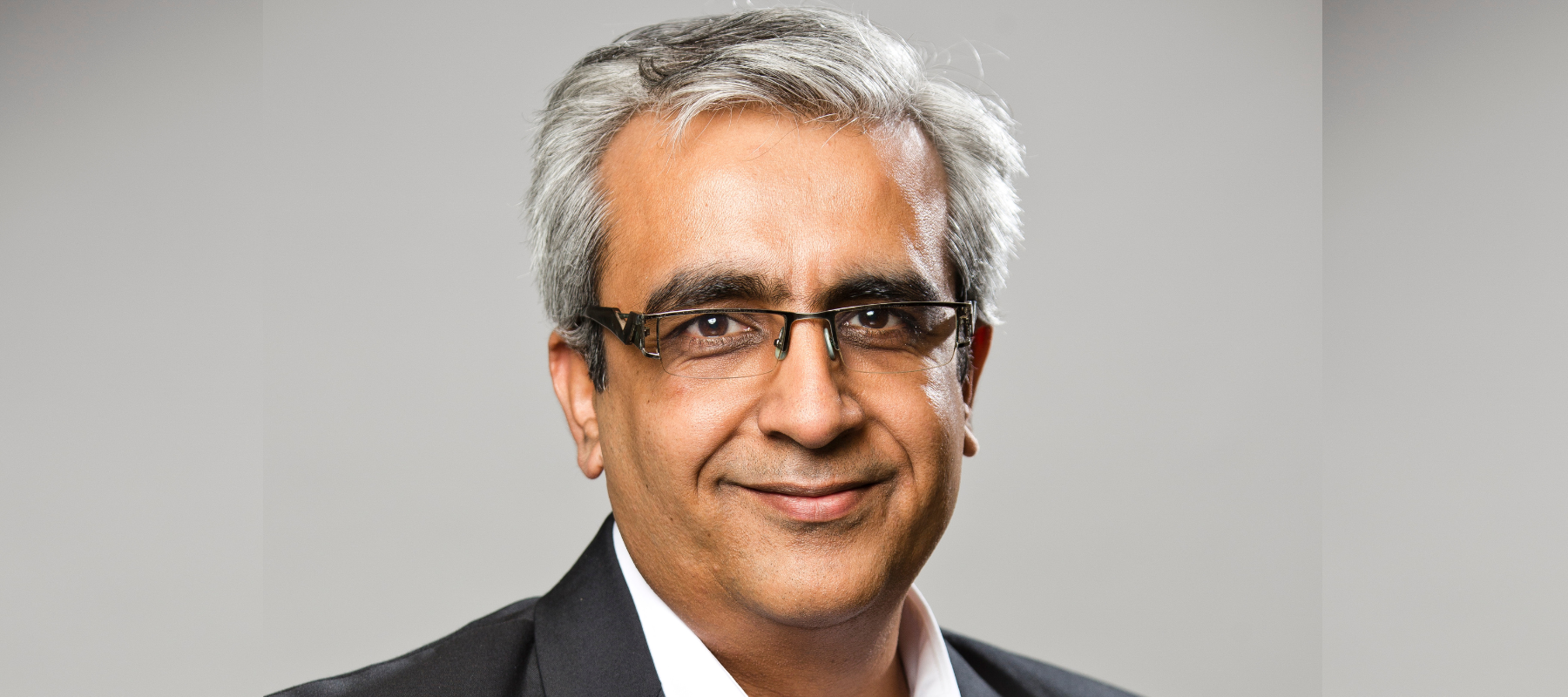
One of the biggest challenges facing most industries today is the rising cost and uncertain security of energy. Indeed, such is the concern, that it’s shifted the focus of the need for a renewable generation strategy from sustainability and the environment to protecting supplies. This is more so for which consume a lot of energy.
The cost of energy has been a core issue in Kenya, with key stakeholders advocating for increased investment and adoption of sustainable energy management systems – even in data centers. In fact, during the recently concluded Africa Climate Summit, conversations on green data centers was a focal point with key stakeholders highlighting the need for sustainable practices and policies in the data economy.
To this end, Kenya has registered increased interest and investment in sustainable infrastructure, with a leaning towards structures that utilize clean energy. Just recently, in August 2023, the Olkaria EcoCloud Data Centre, the first storage facility that relies on renewable geothermal energy was launched in Kenya, looking to meet an emerging need for sustainable data centers. A move lauded by various players in the digital economy, Kenya is set to continue calling for more sustainable power management solutions.
Fortunately, data centre operators in Kenya have access to effective uninterruptible power systems (UPS) that can help address the need for sustainable centers. By utilizing UPS assets in their power infrastructure, they can not only improve their resilience, and reduce their environmental impact, but also optimise the performance and reliability of the grid upon which they rely for power.
Giving back to the grid
UPS capability to utilise stored energy for secondary functions makes them significantly important. As well as ensuring business continuity in the absence of power, UPS can also be used as a distributed energy resource to help electricity grids manage the high variability experienced in today’s times of uncertainty.
UPS with fast frequency response (FFR) capabilities, for example, can enable a data centre’s backup power system to provide auxiliary energy services back to the grid when required, without diminishing the data centre’s integrity or performance. One such system, Eaton’s EnergyAware UPS, puts data centres in full control of their energy, allowing them to choose how much capacity to offer, when, and at what price, thereby contributing to renewable energy while generating revenue.
In fact, these latest bidirectional UPS models are already in use in data centres across Ireland and the Nordics where, concerned about grid stability, regulators are calling for demand-side flexibility to manage grid frequency. Their grid-interactive functionality means UPSs can release power back to the grid and thereby balance the frequency.
Further considerations
Far from being a simple backup solution, UPS technology is becoming increasingly sophisticated, with recent developments proving essential in the current climate, particularly given the rising cost of energy.
Advanced energy-saving systems (ESS) are now capable of improving efficiency levels to 99 percent, for instance, suspending power modules when power conditioning isn’t required, and enabling inverters to start switching within two milliseconds when needed. Further, variable module management systems (VMMS) allow for high efficiency even when UPS load levels are low, helping to optimize the load levels of power modules in a single UPS or in parallel UPS systems. Not only does this mean greater efficiency at lower load levels, but it also results in optimum efficiency at all load levels.
In addition, the application of specialised software can increase operational efficiency and decrease complexity. This allows IT teams to reliably aggregate data centre and IT asset information and monitor and manage end-to-end IT and power infrastructure with accurate data and actionable insights to ensure business continuity and optimisation of data centre performance.
These developments, among others, showcase how UPS assets can support the grid.
Realising the benefits
The ongoing energy crisis is impacting industries everywhere – especially heavy energy users such as data centres. But, as we’ve seen, recent developments in UPS technology mean these data centres can convert their existing assets into a revenue stream, selling their stored power to utilities to add much-needed flexibility to the grid.
And, while energy security may be a priority at the moment, this will also have the benefit of enabling data centres to support the decarbonisation of energy at the grid level and maintain their ongoing sustainability efforts. There’s no escaping the fact, of course, that energy is expensive right now, so optimising the efficiency and sustainability of any data centre is essential; the UPS can play a pivotal role in enabling this.
For most data centres, UPS is still seen predominantly as a means of protecting critical loads in the event of a power outage or enforced shutdown. In the current climate, however, many are beginning to realise how they can drive the energy transition, contribute to grid stability, and open up new revenue streams by using their existing UPS infrastructure. We don’t know how the energy crisis will play out. But we can be sure that, with the right tools and guidance, UPS can help data centres see it through.
One of the biggest challenges facing most industries today is the rising cost and uncertain security of energy. Indeed, such is the concern, that it’s shifted the focus of the need for a renewable generation strategy from sustainability and the environment to protecting supplies. This is more so for data centers which consume a lot of energy.
The cost of energy has been a core issue in Kenya, with key stakeholders advocating for increased investment and adoption of sustainable energy management systems – even in data centers. In fact, during the recently concluded Africa Climate Summit, conversations on green data centers was a focal point with key stakeholders highlighting the need for sustainable practices and policies in the data economy.
To this end, Kenya has registered increased interest and investment in sustainable infrastructure, with a leaning towards structures that utilize clean energy. Just recently, in August 2023, the Olkaria EcoCloud Data Centre, the first storage facility that relies on renewable geothermal energy was launched in Kenya, looking to meet an emerging need for sustainable data centers. A move lauded by various players in the digital economy, Kenya is set to continue calling for more sustainable power management solutions.
Fortunately, data centre operators in Kenya have access to effective uninterruptible power systems (UPS) that can help address the need for sustainable centers. By utilizing UPS assets in their power infrastructure, they can not only improve their resilience, and reduce their environmental impact, but also optimise the performance and reliability of the grid upon which they rely for power.
Giving back to the grid
UPS capability to utilise stored energy for secondary functions makes them significantly important. As well as ensuring business continuity in the absence of power, UPS can also be used as a distributed energy resource to help electricity grids manage the high variability experienced in today’s times of uncertainty.
UPS with fast frequency response (FFR) capabilities, for example, can enable a data centre’s backup power system to provide auxiliary energy services back to the grid when required, without diminishing the data centre’s integrity or performance. One such system, Eaton’s EnergyAware UPS, puts data centres in full control of their energy, allowing them to choose how much capacity to offer, when, and at what price, thereby contributing to renewable energy while generating revenue.
In fact, these latest bidirectional UPS models are already in use in data centres across Ireland and the Nordics where, concerned about grid stability, regulators are calling for demand-side flexibility to manage grid frequency. Their grid-interactive functionality means UPSs can release power back to the grid and thereby balance the frequency.
Further considerations
Far from being a simple backup solution, UPS technology is becoming increasingly sophisticated, with recent developments proving essential in the current climate, particularly given the rising cost of energy.
Advanced energy-saving systems (ESS) are now capable of improving efficiency levels to 99 percent, for instance, suspending power modules when power conditioning isn’t required, and enabling inverters to start switching within two milliseconds when needed. Further, variable module management systems (VMMS) allow for high efficiency even when UPS load levels are low, helping to optimize the load levels of power modules in a single UPS or in parallel UPS systems. Not only does this mean greater efficiency at lower load levels, but it also results in optimum efficiency at all load levels.
In addition, the application of specialised software can increase operational efficiency and decrease complexity. This allows IT teams to reliably aggregate data centre and IT asset information and monitor and manage end-to-end IT and power infrastructure with accurate data and actionable insights to ensure business continuity and optimisation of data centre performance.
These developments, among others, showcase how UPS assets can support the grid.
Realising the benefits
The ongoing energy crisis is impacting industries everywhere – especially heavy energy users such as data centres. But, as we’ve seen, recent developments in UPS technology mean these data centres can convert their existing assets into a revenue stream, selling their stored power to utilities to add much-needed flexibility to the grid.
And, while energy security may be a priority at the moment, this will also have the benefit of enabling data centres to support the decarbonisation of energy at the grid level and maintain their ongoing sustainability efforts. There’s no escaping the fact, of course, that energy is expensive right now, so optimising the efficiency and sustainability of any data centre is essential; the UPS can play a pivotal role in enabling this.
For most data centres, UPS is still seen predominantly as a means of protecting critical loads in the event of a power outage or enforced shutdown. In the current climate, however, many are beginning to realise how they can drive the energy transition, contribute to grid stability, and open up new revenue streams by using their existing UPS infrastructure. We don’t know how the energy crisis will play out. But we can be sure that, with the right tools and guidance, UPS can help data centres see it through.
Parag Mendiratta is the Regional Manager, Eastern Africa at Eaton Electrical Sector.
Follow us on Telegram, Twitter, and Facebook, or subscribe to our weekly newsletter to ensure you don’t miss out on any future updates. Send tips to info@techtrendske.co.ke.





